Bristol Beaufort KT-W Royal Australian Air Force RAAF
Production Time 9 to 10 weeks
Shipment is by FedEx, UPS or DHL International Express Courier with a normal door-to-door delivery time worldwide of within 2-3 business days after dispatch. Due to the current volatility of world fuel prices, the amount mentioned here is our best estimate for DHL and UPS and may be subject to change at the time of shipping.

Model Description: Bristol Beaufort KT-W Royal Australian Air Force RAAF Wood Replica Scale Custom Model Aircraft
Manufacturer: Bristol
Wingspan: 17 Inches (43.2 Centimeters)
Height: 4.2 Inches (10.7 Centimeters)
Scale: 1:41
Registration: A9-141
$239.50
Production Time 9 to 10 weeks
-
United States dollar ($)
-
Pound sterling (£)
-
Euro (€)
-
Australian dollar ($)
-
Canadian dollar ($)
-
Singapore dollar ($)
-
Swiss franc (CHF)
-
Japanese yen (¥)
-
Danish krone (kr.)
-
Hong Kong dollar ($)
-
Norwegian krone (kr)
-
Swedish krona (kr)
-
United Arab Emirates dirham (د.إ)
General Product Description
Our PlaneArts Bristol Beaufort KT-W Royal Australian Air Force RAAF model exhibits unique, unrivaled quality and detailed design to come as close as possible to the accuracy of the actual plane. It comes as standard with a robust, durable base or stand which is available in a variety of different finishes designed to match your own personal requirements including solid wood, wood with polished metal supports or adjustable wood wall mount and will be ready within about 9-10 weeks from placement of order.
The Bristol Beaufort KT-W Royal Australian Air Force RAAF model is made of the finest kiln dried renewable mahogany wood (commonly known as Lauan or Meranti) which has undergone many stages of carving and meticulous and careful sanding giving the beautiful, finished museum quality masterpiece. Many collectors and model connoisseurs demonstrate their preference for genuine handmade and hand painted mahogany wood models rather than plastic or die cast (diecast) alternatives due to the overall look and totally different feel of the item - we trust you will find the same. We can however, if required produce the same model in Solid Cast Resin so just click and contact us for further information. Our craftsmen and gifted artisans ensure that our finely handcrafted model airplanes match the precise blueprint details of the original aircraft. The paint scheme, markings and parts are closely matched, reflecting the original aircraft. This stylish top-quality desktop replica model will surely enthrall anyone who receives this as a gift and for sure one of the most appropriate and desirably collectable gifts for any military aviation enthusiast and avid aircraft collector whilst also displaying a perfect resemblance to the actual real life version.
There are many types of military propeller aircraft, but the basic types are bombers, fighters, fighter bombers, spotter planes, transporters, patrol aircraft, trainers, and reconnaissance and observation aircraft. All these types of aircraft are used for different types of missions. If you're a fan of historic or present-day military aviation, our model aircraft will bring the excitement and character of these aircraft right into your own home. You can order a wood airplane model of a North American B-25 Mitchell Bomber, a B17 - Flying Fortress, or a P-51 Mustang Nervous Energy V not forgetting the Bf 109, Spitfire, FW 190, A6M Zero, P-38 and F4U. These classic, propeller airplane models are of the highest quality. Each is individually crafted by our expert craftsmen. They produce handmade scale mahogany airplane models of the finest aircraft from World War I and II to present day biplanes and triplanes.
If you require, we can also make the Bristol Beaufort KT-W Royal Australian Air Force RAAF model in any other military, government or even private livery or colour scheme you require and if necessary, in a different size or scale. Just click here to contact us with a description or photographs of what you require, and we will let you have a quotation for the necessary customization by return email. We can also make bespoke scale replicas of any other private / civil commercial airliner or airliners, helicopter, glider, gliders with engines, military jet, warplane jets, biplane, triplane, tail fin, spacecraft, rocket or NASA model you require in any airline, military or civilian livery or colors. We also produce model airships, blimps, dirigibles, blimps, boats, and ship collectibles. Wall plaque or seal for military, government or private customers. Again, by clicking here to contact us just let us know exactly what you need.
The Bristol Beaufort KT-W of the Royal Australian Air Force: A Historic Workhorse
The Bristol Beaufort bomber holds a distinct place in World War II history, particularly for its service with the Royal Australian Air Force (RAAF). Among its various marks and models, the Beaufort KT-W is emblematic of the critical roles played by multi-role aircraft in the conflict. This twin-engine torpedo bomber, originally designed by the British, was adapted and extensively used by Australian forces, showcasing remarkable versatility and durability across numerous theaters of war. The KT-W, with its distinctive markings and storied career, epitomizes the contributions of Australian aviation to the Allied war effort.
Design and Development
The Bristol Beaufort was the first aircraft specifically designed to fulfill both the torpedo bomber and reconnaissance roles from its inception. It evolved from the earlier Blenheim bomber, incorporating significant modifications to meet the Royal Air Force’s (RAF) specifications for a coastal command aircraft. The design featured a deep fuselage for payload accommodation, retractable landing gear for aerodynamic efficiency, and powerful engines for improved range and performance. The Australian production version, including the KT-W, diverged slightly in specifications, utilizing local materials and equipment, reflecting the adaptation to Australian manufacturing capabilities and operational requirements.
Key Features of the Beaufort KT-W
- Twin-engine Powerplant: The Australian Beauforts were typically powered by two Pratt & Whitney Twin Wasp radial engines, offering a blend of reliability and power. These engines facilitated the aircraft’s long-range missions, including maritime patrols and strikes against enemy shipping and installations.
- Armament and Payload: Equipped with a combination of machine guns for defense against enemy fighters and the capacity to carry torpedoes, mines, or bombs, the Beaufort KT-W was a formidable opponent. Its versatility allowed it to engage in anti-shipping missions, strategic bombing, and close support of ground troops.
- Construction and Adaptation: Australian Beauforts, including the KT-W, were noted for their robust construction, which incorporated local modifications and improvements. These adaptations increased the aircraft’s operational life and effectiveness in the Pacific Theatre, where conditions demanded high levels of reliability and performance.
Operational History:
The Beaufort KT-W, along with its counterparts in the RAAF, played pivotal roles across various campaigns in the Pacific. Its missions ranged from direct attacks on Japanese shipping and installations to laying mines in enemy-controlled waters and reconnaissance flights over vast oceanic expanses. The Beaufort’s ability to operate from makeshift or damaged airfields made it an invaluable asset in the fast-moving island-hopping campaigns.
Legacy and Impact:
The service of the Beaufort KT-W and its sister aircraft marked a significant chapter in RAAF history, demonstrating the crucial role of Australian forces in the broader Allied strategy. The successful integration of Australian-manufactured Beauforts into combat operations underscored the nation’s growing industrial and military aviation capabilities during the war.
Beyond its wartime achievements, the legacy of the Beaufort KT-W contributes to the rich heritage of Australian military aviation. It reflects the innovation, adaptability, and courage of those who built, maintained, and flew these aircraft under challenging conditions. Today, the Beaufort is commemorated in museums and memorial sites, where its story continues to inspire appreciation for the contributions and sacrifices of past generations.
In conclusion, the Bristol Beaufort KT-W of the Royal Australian Air Force stands as a testament to the strength and versatility of Allied aviation during World War II. Its contribution to the war effort, through the diverse and demanding roles it fulfilled, underscores the strategic importance of multifaceted aircraft designs and the people behind their successful deployment.
| Weight | 6 kg |
|---|---|
| Dimensions | 13 × 17 × 4.2 in |
Be the first to review “Bristol Beaufort KT-W Royal Australian Air Force RAAF” Cancel reply
Similar Models
Helicopters
Helicopters
Military Airplanes - Propeller
Military Airplanes - Propeller
Helicopters
Helicopters
Military Airplanes - Propeller
Military Airplanes - Propeller
Military Airplanes - Propeller
Military Airplanes - Propeller
Military Airplanes - Propeller
Private & Civilian
Military Airplanes - Jet
Military Airplanes - Jet
Military Airplanes - Jet
McDonnell Douglas FA-18 Hornet Royal Australian Air Force RAAF
Military Airplanes - Jet
McDonnell Douglas FA-18 Hornet RAAF: Superior Aviation Mastery
Military Airplanes - Jet
Military Airplanes - Jet
Military Airplanes - Jet
Military Airplanes - Jet
Military Airplanes - Jet
Tanks & Armored Vehicles
Military Airplanes - Propeller
Military Airplanes - Propeller
Military Airplanes - Propeller
Military Airplanes - Jet
Military Airplanes - Jet
Military Airplanes - Jet
Military Airplanes - Propeller
Military Airplanes - Propeller
Military Airplanes - Propeller
Military Airplanes - Propeller
Military Airplanes - Propeller
Military Airplanes - Propeller
Military Airplanes - Propeller
Military Airplanes - Propeller
Military Airplanes - Propeller
Military Airplanes - Propeller
Military Airplanes - Propeller
Military Airplanes - Propeller
Military Airplanes - Propeller
Military Airplanes - Propeller
Military Airplanes - Propeller
Military Airplanes - Jet
Military Airplanes - Jet
Military Airplanes - Jet
Military Airplanes - Propeller
Private & Civilian
Military Airplanes - Propeller
Military Airplanes - Propeller
Military Airplanes - Propeller
Private & Civilian
Military Airplanes - Propeller
Military Airplanes - Propeller
Military Airplanes - Propeller
Private & Civilian
De Havilland DH.83 Fox Moth Australian Flying Doctor Service
Private & Civilian
Private & Civilian
Military Airplanes - Propeller
Military Airplanes - Propeller
Military Airplanes - Propeller
Military Airplanes - Propeller
Military Airplanes - Jet
Military Airplanes - Propeller
Military Airplanes - Propeller
Military Airplanes - Propeller
Military Airplanes - Propeller
Military Airplanes - Propeller
Military Airplanes - Propeller
Military Airplanes - Jet
Military Airplanes - Jet
Military Airplanes - Propeller
Military Airplanes - Propeller
Military Airplanes - Propeller
Military Airplanes - Jet
Military Airplanes - Jet
Helicopters
Military Airplanes - Jet
Military Airplanes - Jet
Military Airplanes - Jet
Private & Civilian
Private & Civilian
Private & Civilian
Private & Civilian
Helicopters
Military Airplanes - Jet
Military Airplanes - Jet
Tail Shields & Flashes, Plaques & Seals
Private & Civilian
Military Airplanes - Propeller
Helicopters
Military Airplanes - Jet
Private & Civilian
Military Airplanes - Propeller
Military Airplanes - Propeller


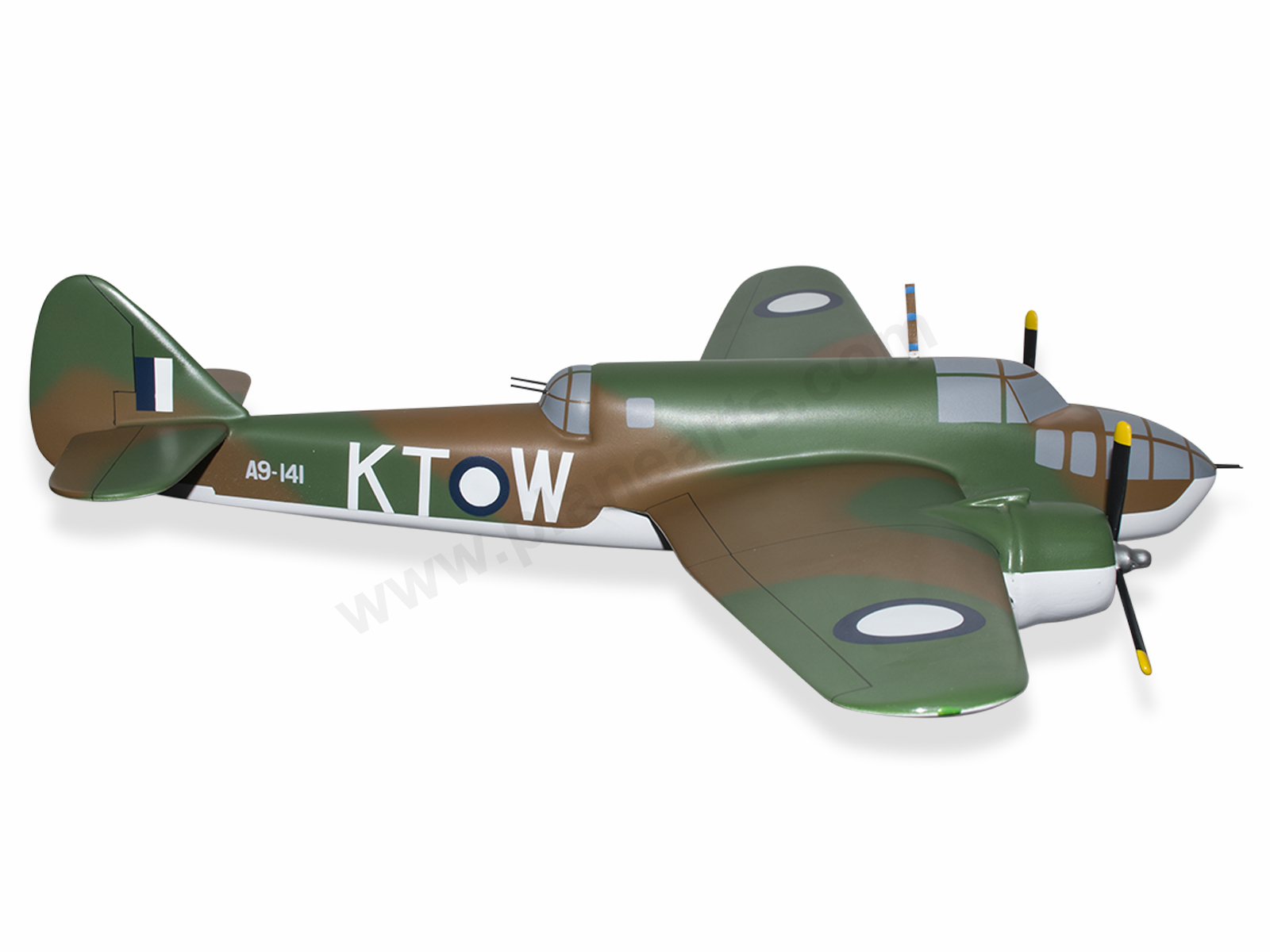
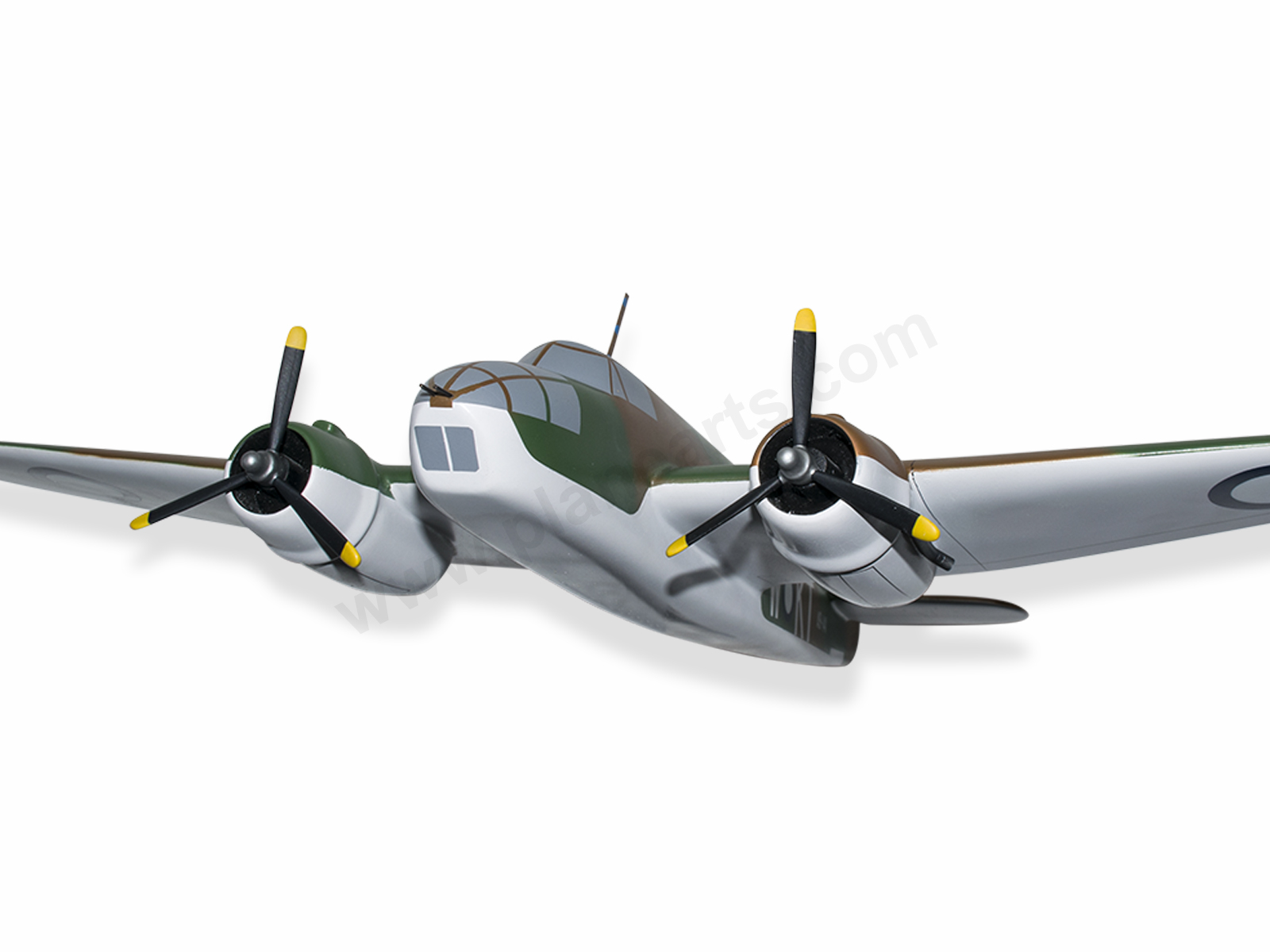

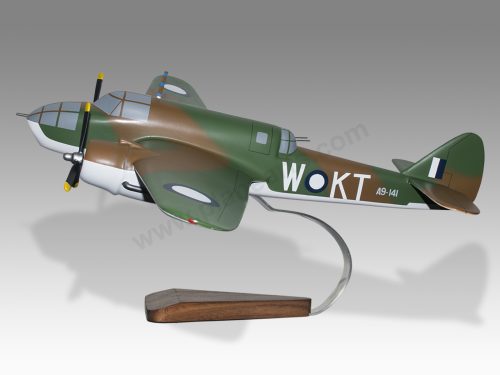
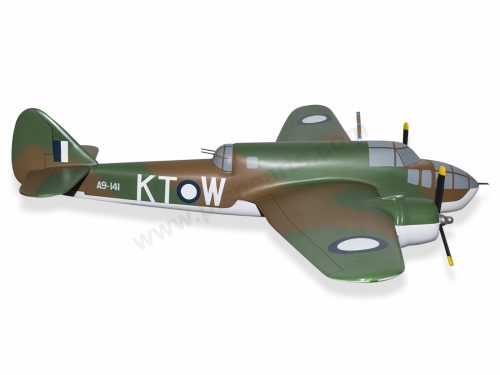

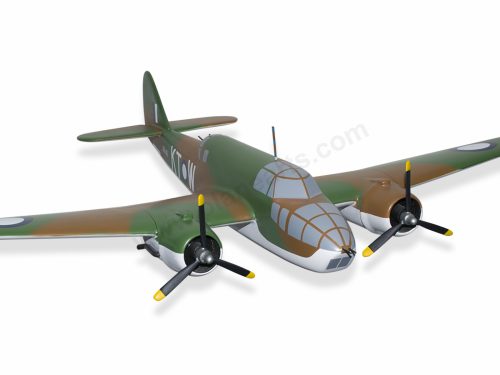
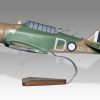
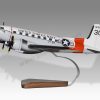
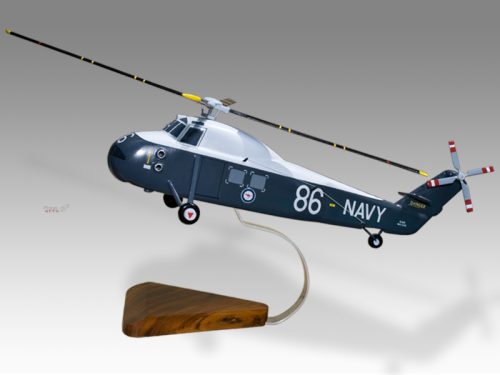
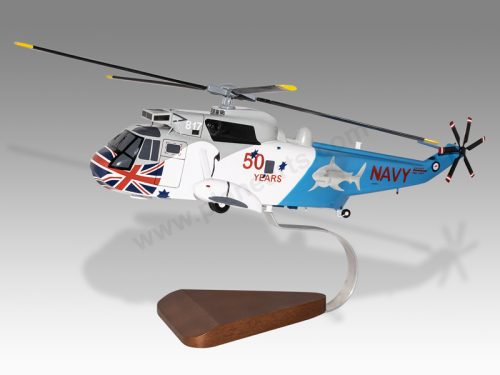
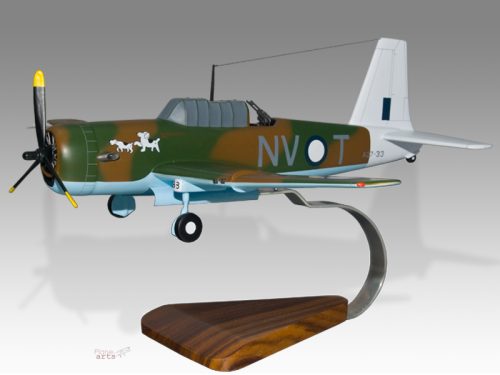


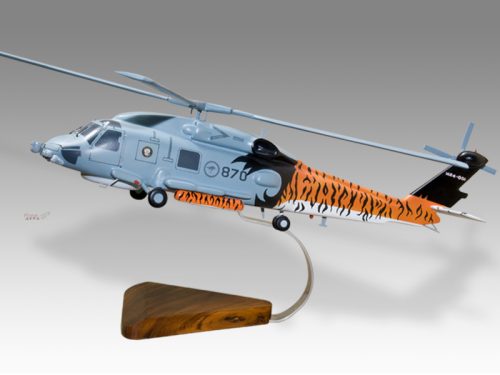
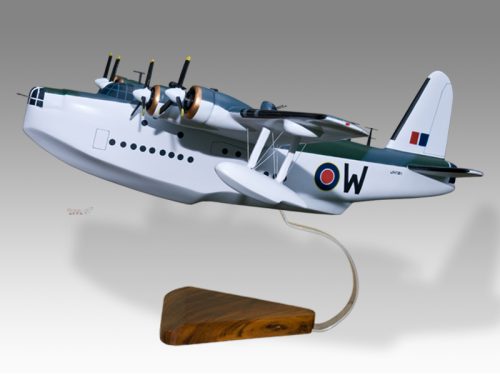
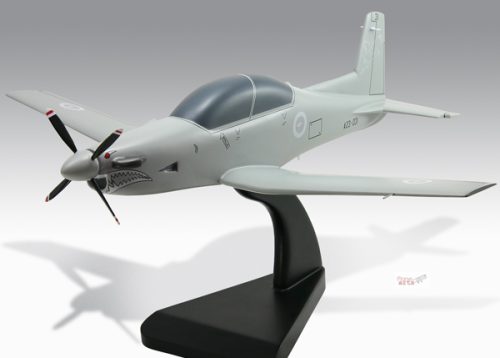
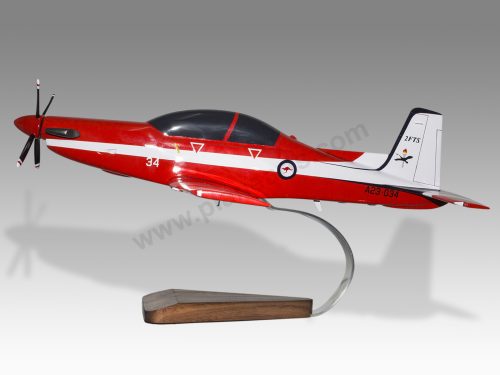
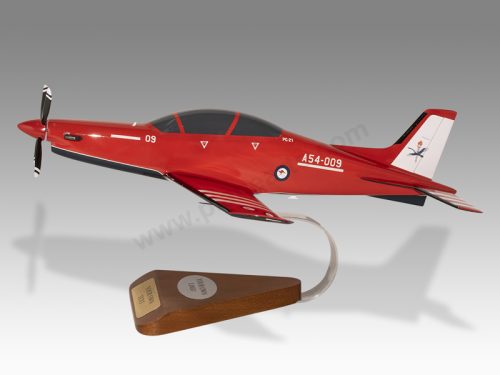
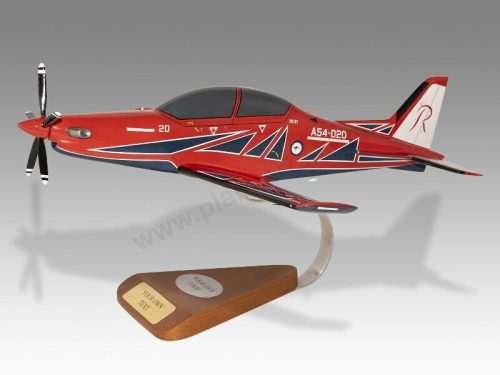
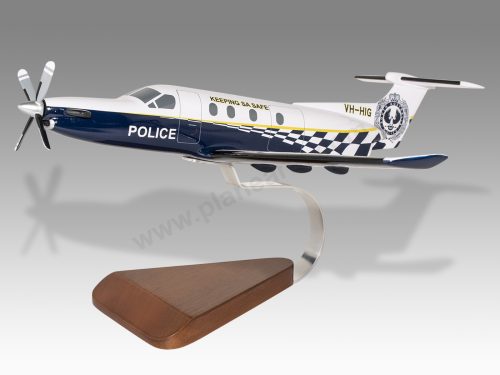


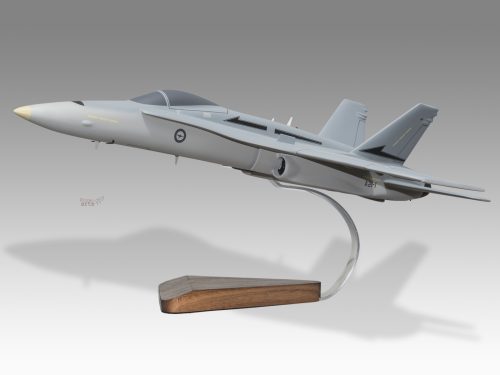
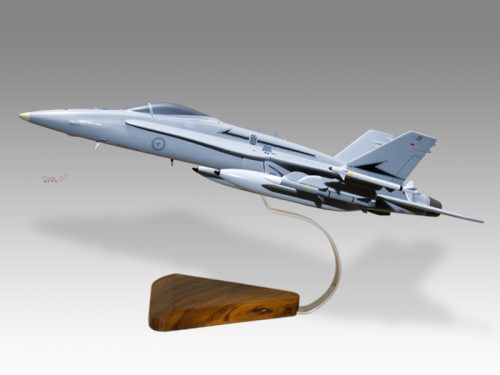
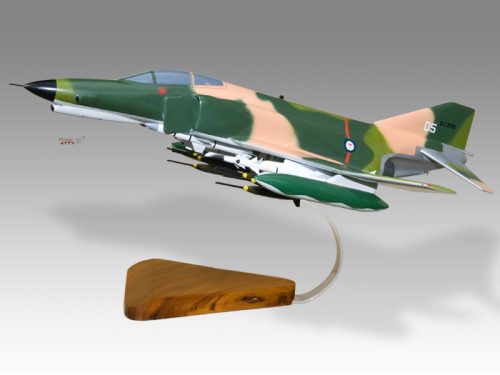

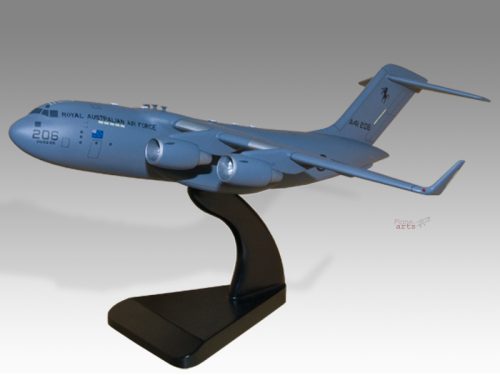


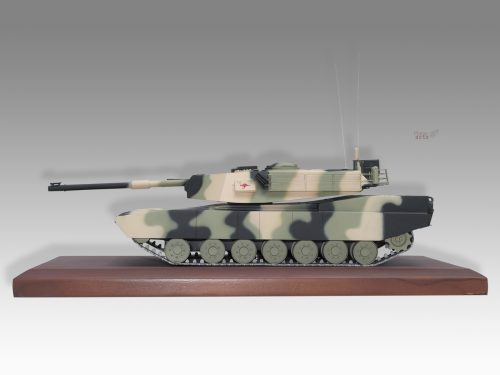
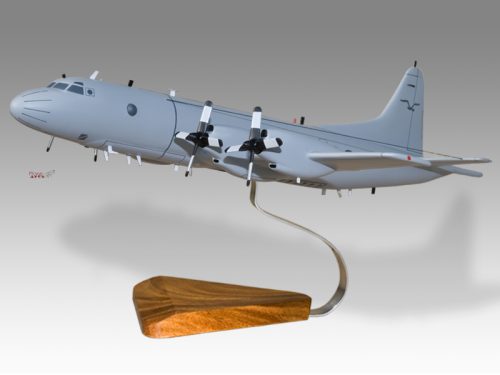
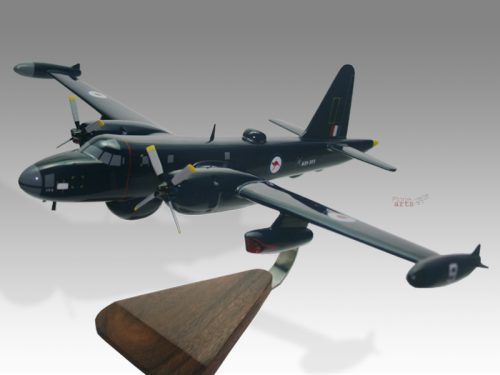
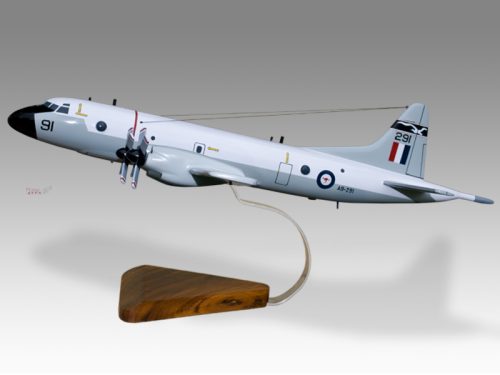
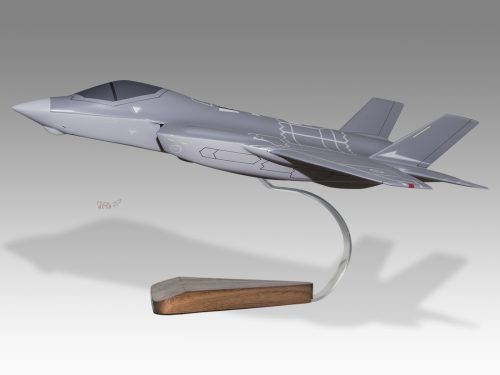
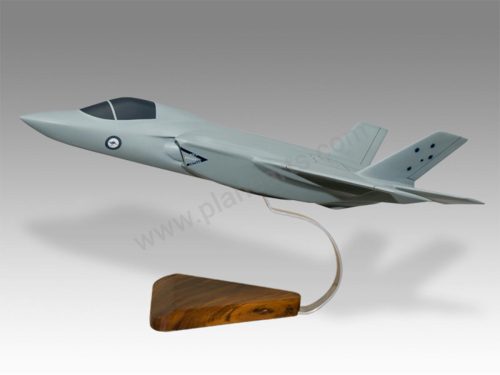
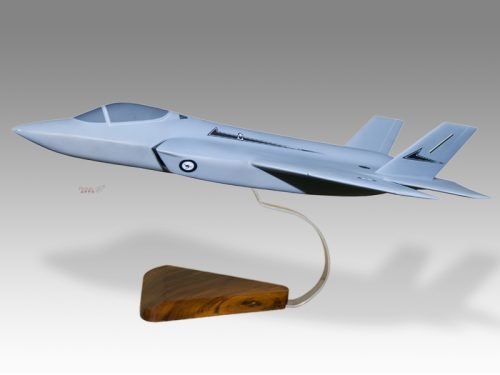
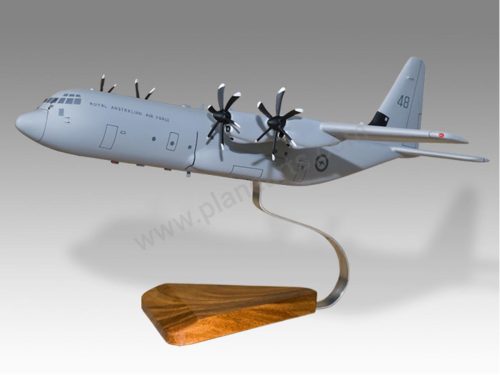


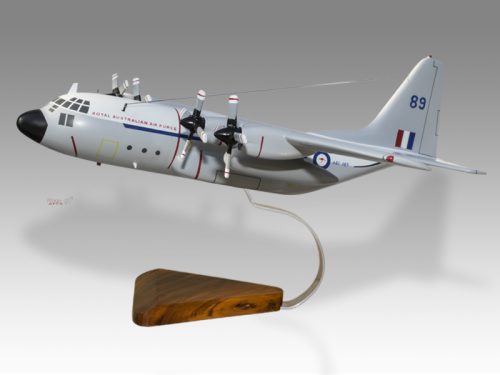
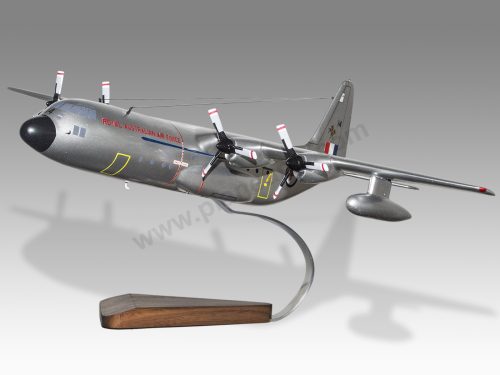

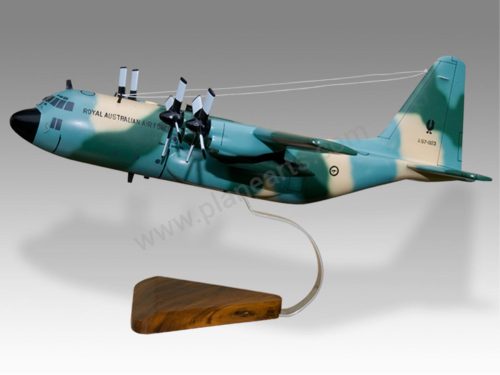
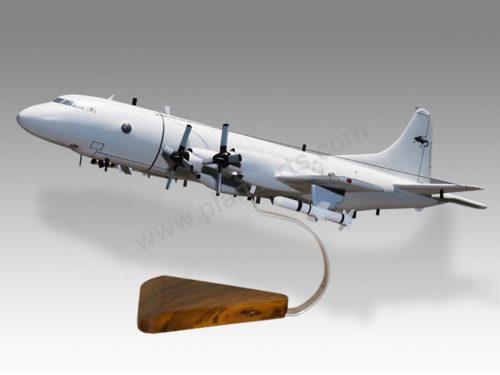
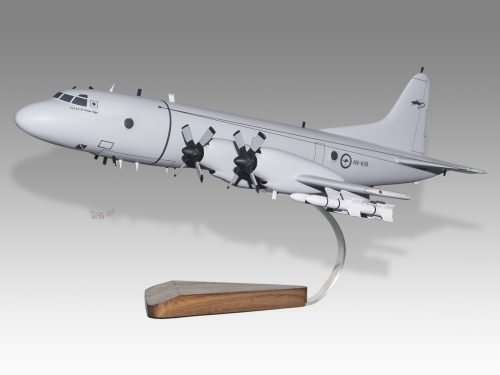
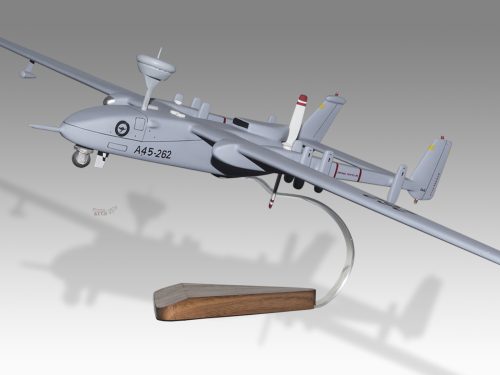

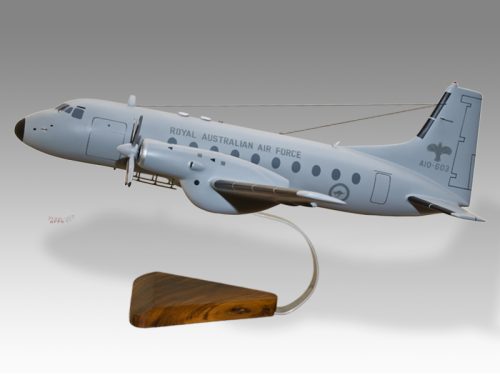
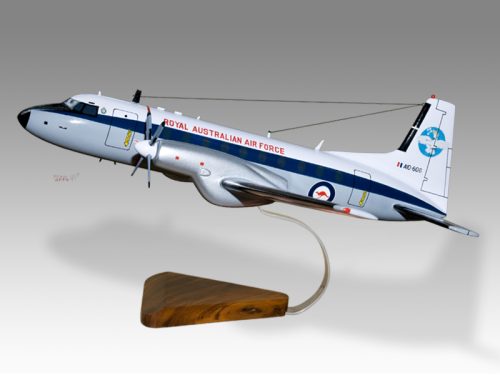

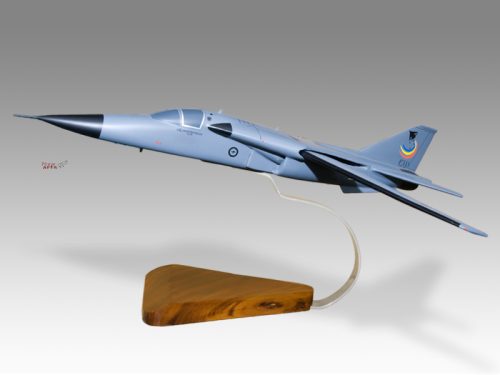
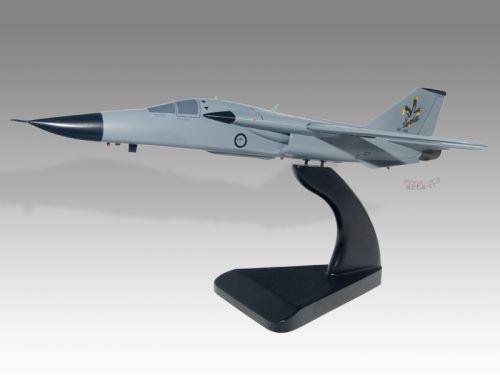
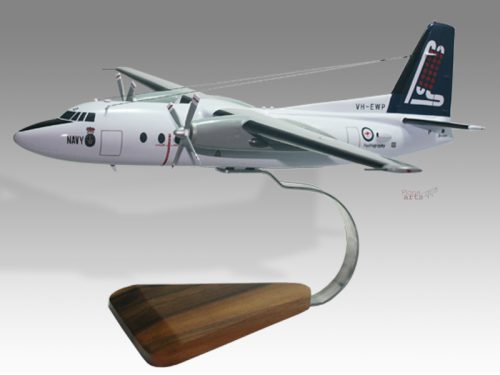
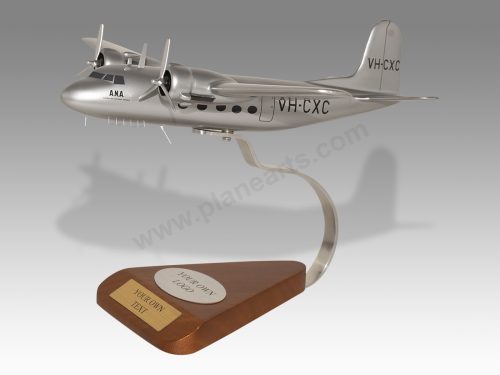
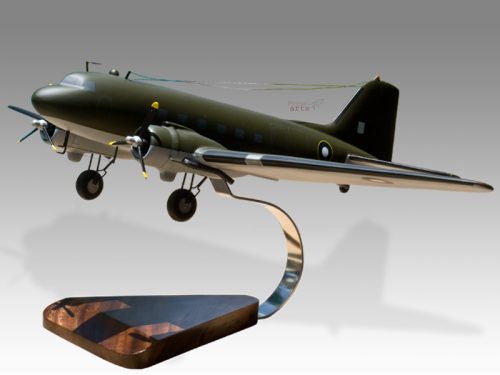





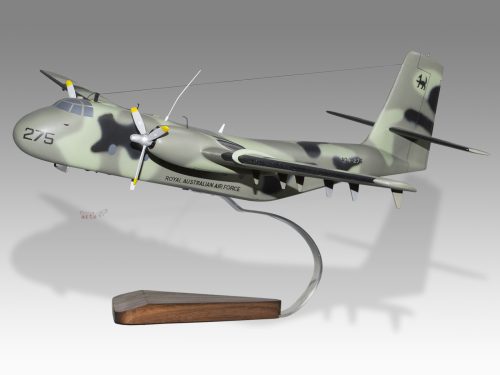



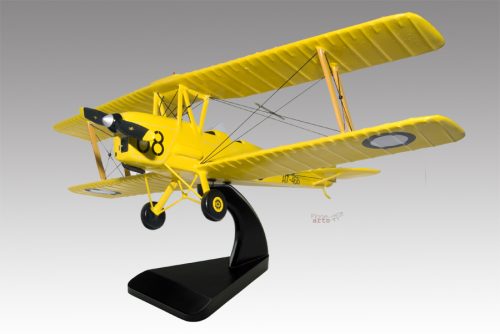
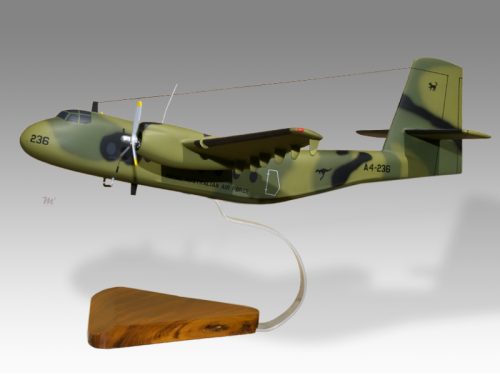
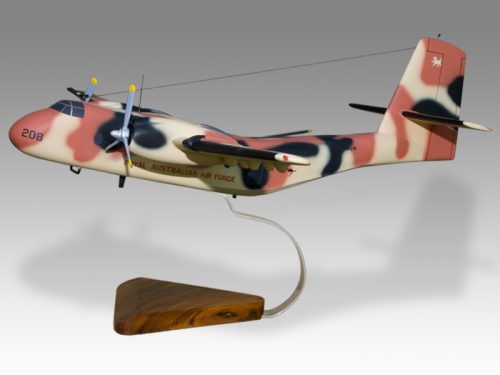
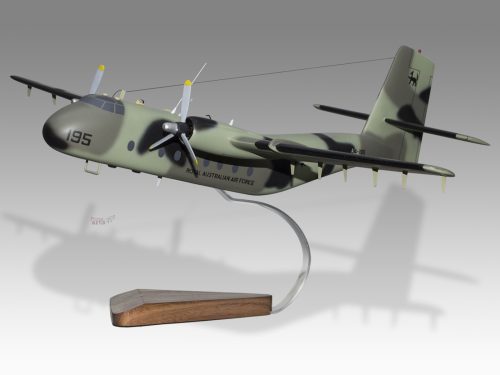
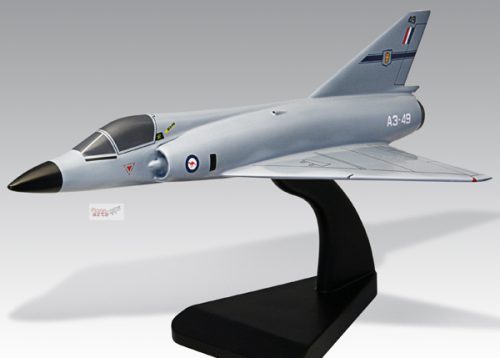

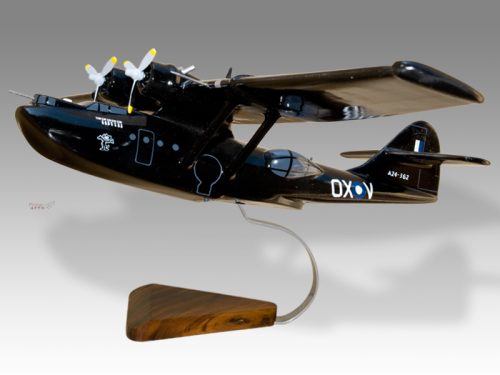
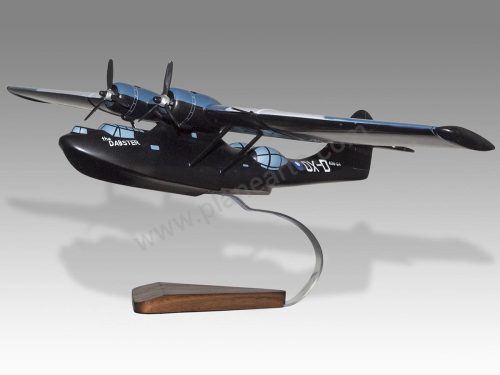
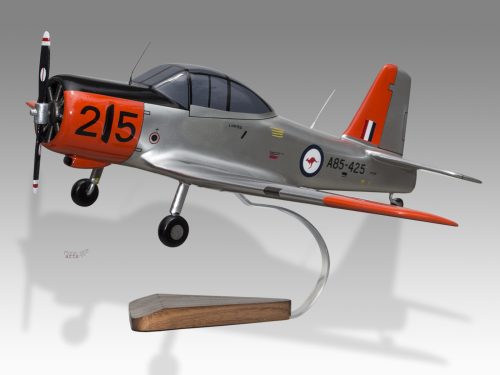
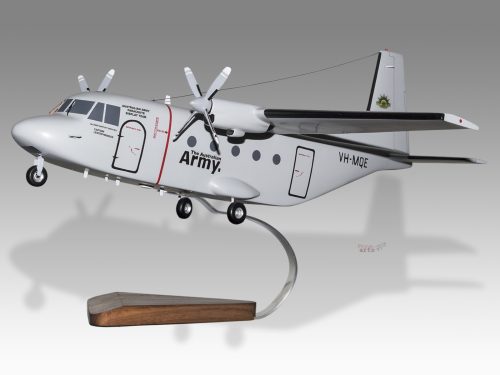

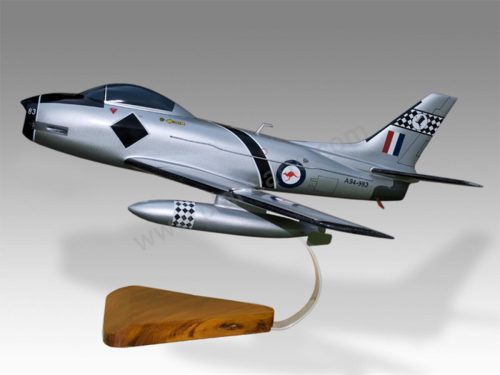
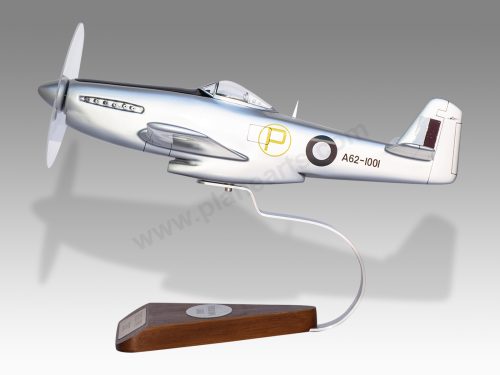





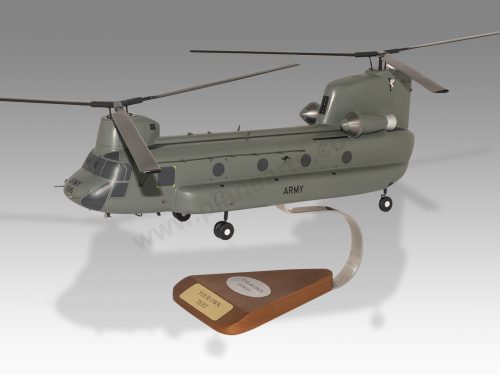

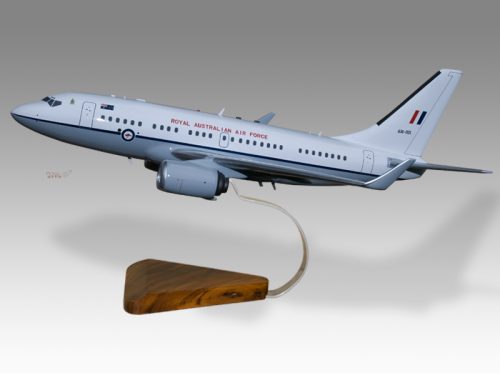


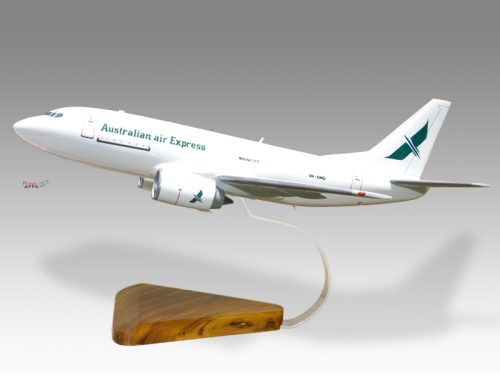


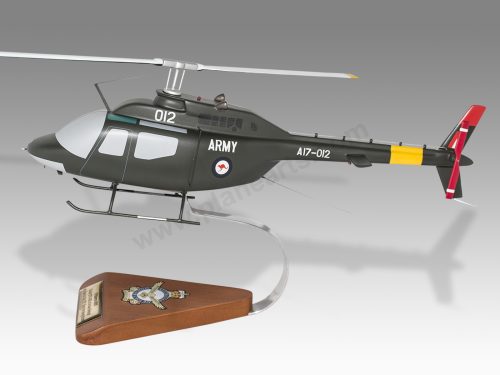
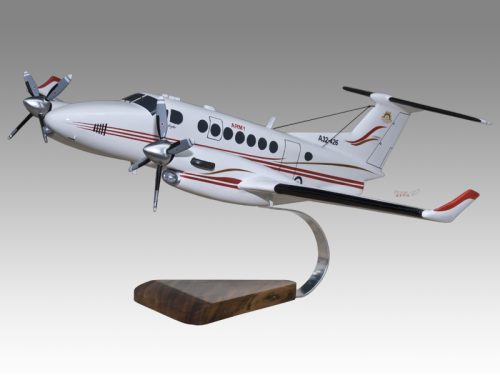
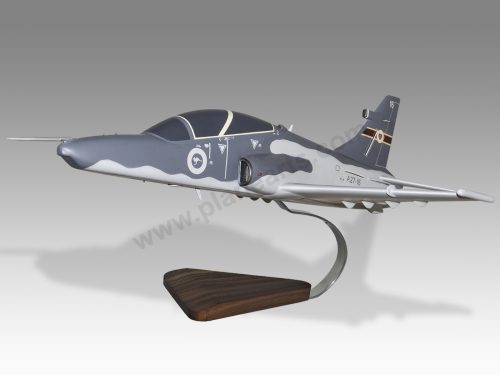
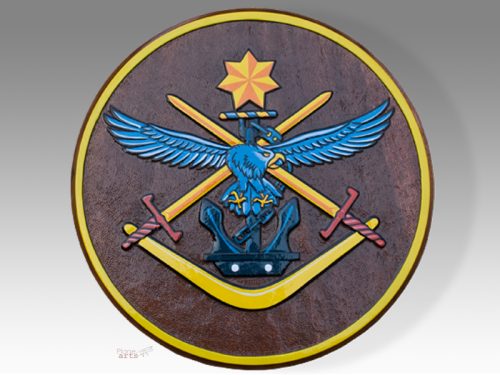
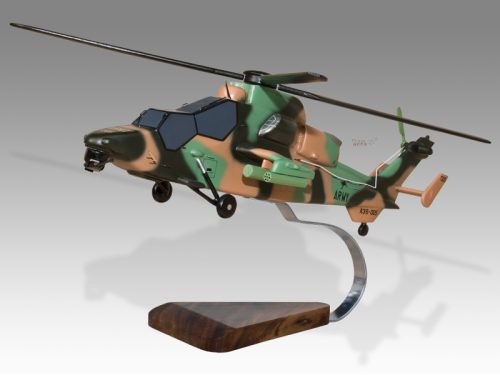
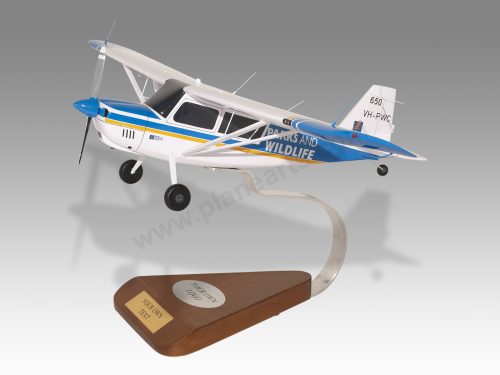
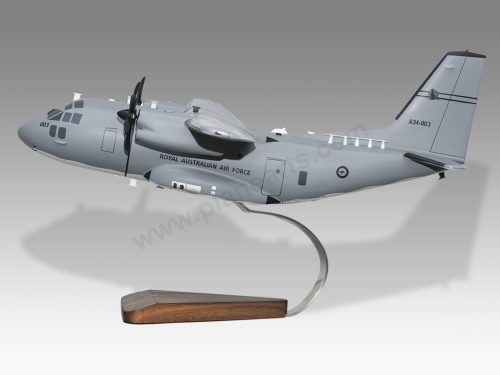

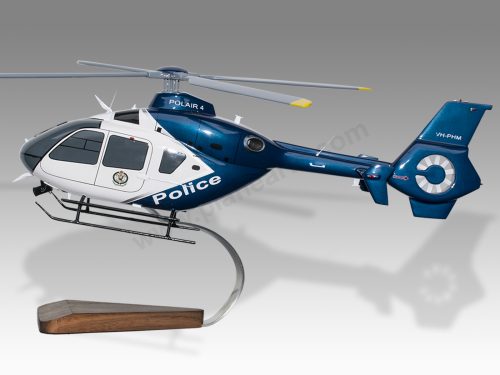


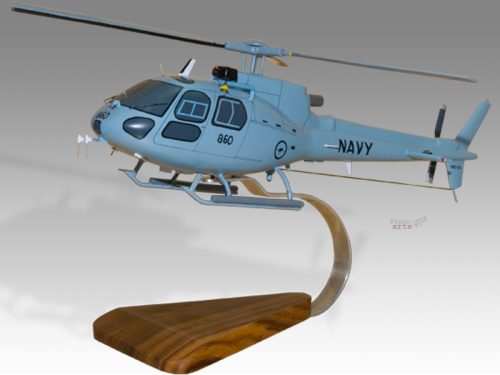
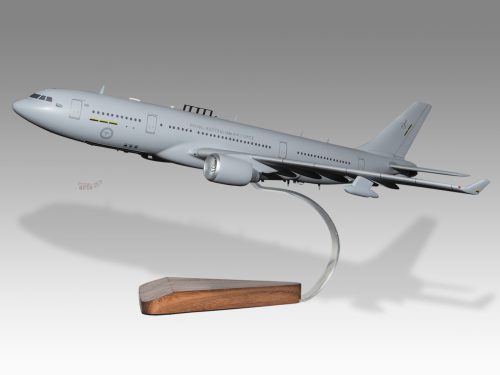

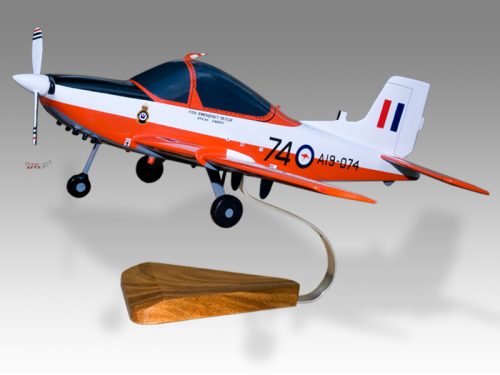

Reviews
There are no reviews yet.